B2B Payments Trends
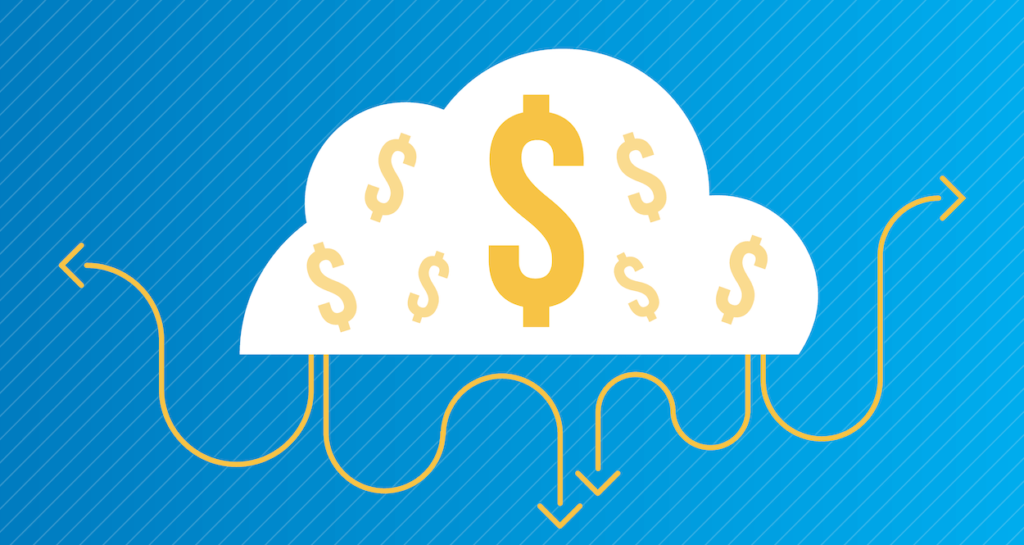
It’s safe to say business-to-business, or B2B payment methods and practices are changing.
Where once accounts payable departments were overwhelmingly paper-based, with slow, manual processes for remitting payment to vendors and contractors, B2B payment has gone increasingly digital. The epic, paper check runs of 20 years ago have given way to cloud-based systems capable of scheduling automatic payment by a variety of different means. All the while streamlining back-office operations such as invoice processing and related functions to ensure payment control.
With a shifting B2B payment landscape, it’s important for business management and others to stay up-to-date. Join us as we unpack the latest B2B payments trends in 2020 and what companies can do to keep up.
A Shift Away From Manual Payment Methods
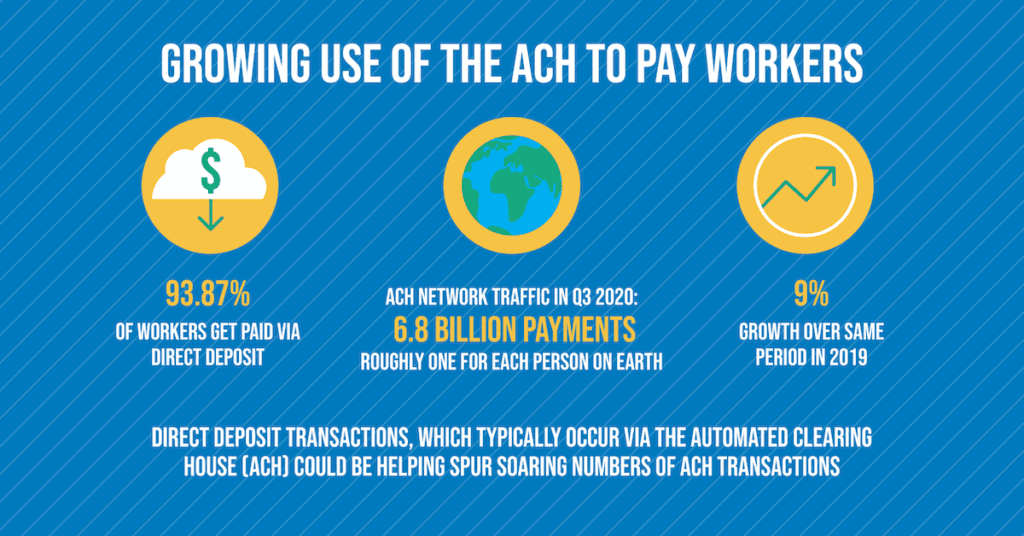
Although paper checks remain fairly common for B2B payments according to the 2021 Stampli Original report, with 30% of companies preferring to pay by check compared to 70% of organizations leveraging electronic payments.
The lack of enthusiasm for paper checks is even more pronounced among employees for how they receive their paycheck. The American Payroll Association’s 2020 “Getting Paid in America” survey of more than 30,000 workers showed that 93.87 percent were getting paid via direct deposit while just 3.66 percent were still receiving paper checks.
Whether employee or vendor, few people really want to wait around for a check from a business anymore. In fact, the trend seems to be heading toward real-time payment, with a study released in late September by Juniper Research finding that instant transactions could jump to $18 trillion, from their current level of $3 trillion, by 2025, with the B2B market expected to account for 89 percent of these transactions.
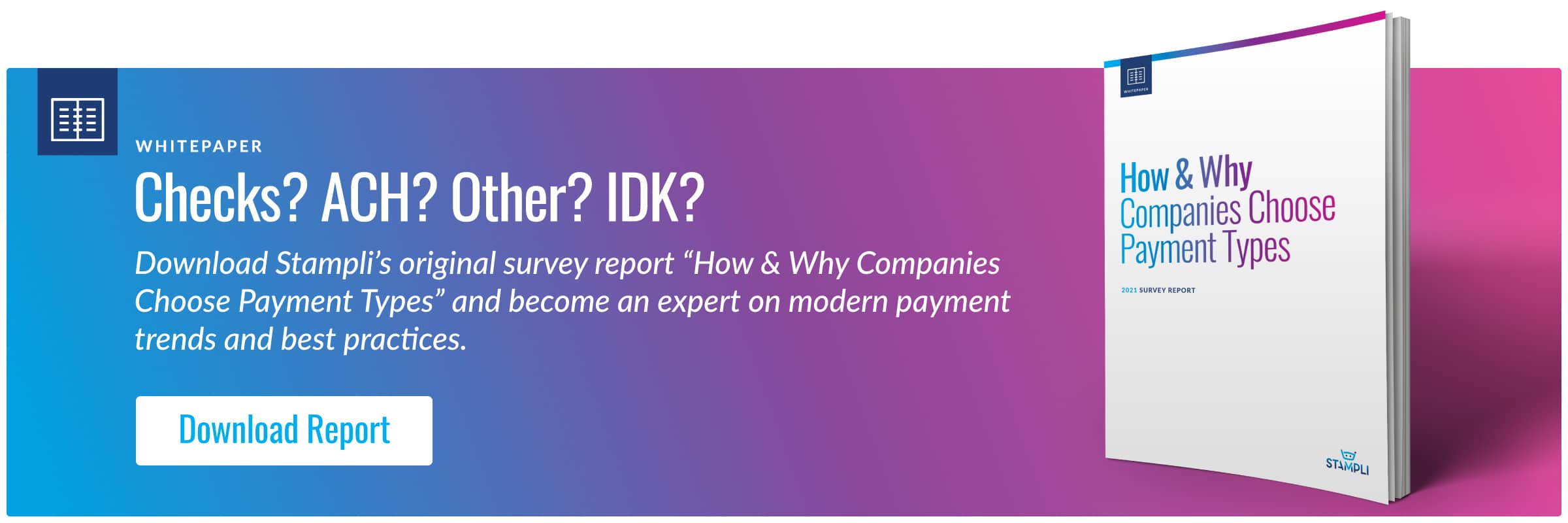
A Push for More Automation due to COVID-19
COVID-19 seems to have accelerated the push for payment automation, which had already been in-progress with the emergence of cloud computing deemphasizing the need for costly, legacy systems on-premises, as we’ll explore in a bit.
That said, the pandemic has clearly been having an affect on B2B operations. In making a case last month for automation and if paper checks were really that bad at CPA Practice Advisor, one author acknowledged the answer might have been different at the beginning of the year when employees still had easy access to their company’s check printing equipment.
“But now that accounts payable teams are sheltering in place, their processes often involve driving into the office and to other residencies to get checks signed,” the author noted. “Add in the other check-stuffing and mailing steps, and you’ve got a significantly time-consuming task.”
AI, Blockchain, and Cryptocurrency in B2B Payments
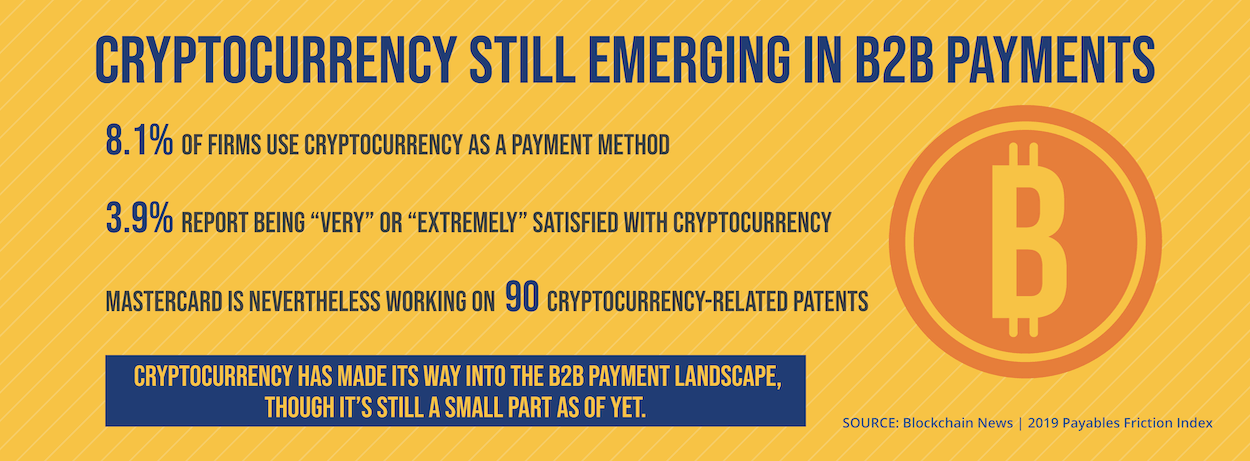
A variety of innovations have been emerging in B2B payments, including artificial intelligence (AI), blockchain, and cryptocurrency. Cryptocurrency may not be a feasible option for most organizations given the uncertainty around real-world B2B applications and regulations. On the other hand, here’s how innovations in AI and blockchain are playing a role with a look at the future of cryptocurrency.
Artificial Intelligence and Machine Learning
Artificial intelligence, or AI, has been permeating so many parts of life in recent years that it’s not surprising it has made an imprint in the financial world as well.
Two authors wrote in January for the Harvard Business Review of one financial firm using AI and data to provide a variety of services to consumers. “The company serves more than 10 times as many customers as the largest U.S. banks—with less than one-tenth the number of employees,” the authors wrote.
As with AP Automation (accounts payable automation), AI can significantly reduce the amount of time required of AP staff and stakeholders for B2B payments, with intelligent technologies able to capture and code invoice information into accounting systems and do much more. Machine learning helps, too, with the ability to go through myriad lines of accounting data and workflow patterns to learn trends and make suggestions. As one author noted recently at Payments Journal, “In a real time world (machine learning) is the only technology that can keep pace.”
Blockchain
Blockchain, technology that forms the backbone for crypto-payments, is also affecting B2B paying, as a panel of experts attested Oct. 15 as part of a month-long series on digitizing and monetizing B2B payments at PYMNTS.
The series noted that the vision revolves around having traditional currency with the sort of protections offered by a major bank but able to run on the internet and with the help of blockchain. “The real innovation cycle is where you layer on the program ability of money as a data type on the internet,” one business executive told PYMNTS. “There need to be governance models. There need to be regulatory models around it.”
Blockchain’s also on the radar of the Society for Worldwide Interbank Financial Telecommunication, or SWIFT, whose executive David Scola told PYMNTS, “We’ve looked at the use of blockchain for things like corporate actions and tying into some of the evolving trade finance systems that are cropping up all around the world.”
Cryptocurrency
Not surprisingly, cryptocurrency is starting to appear in B2B payments, though it’s just a sliver so far. The 2019 PFI found that 8.1 percent of firms were using cryptocurrency as a payment method with 3.9 percent of respondents reporting being “very” or “extremely” satisfied with this method.
The low numbers might have to with public acceptance that remains lukewarm for Bitcoin or financial technology that hasn’t broadly supported cryptocurrency, though the latter at least seems to be changing, with Mastercard’s VP, Block Chain and Digital Assets Lead telling an industry site in September that the company had 90 blockchain-specific patents being processed.
Getting ahead of the curve is about inclusion, the executive told the site, noting, “Until cryptocurrencies become a mainstream solution, we look at what we can use today to include people. We aren’t waiting until cryptocurrencies become a lot more prevalent.”
Transforming Legacy Systems
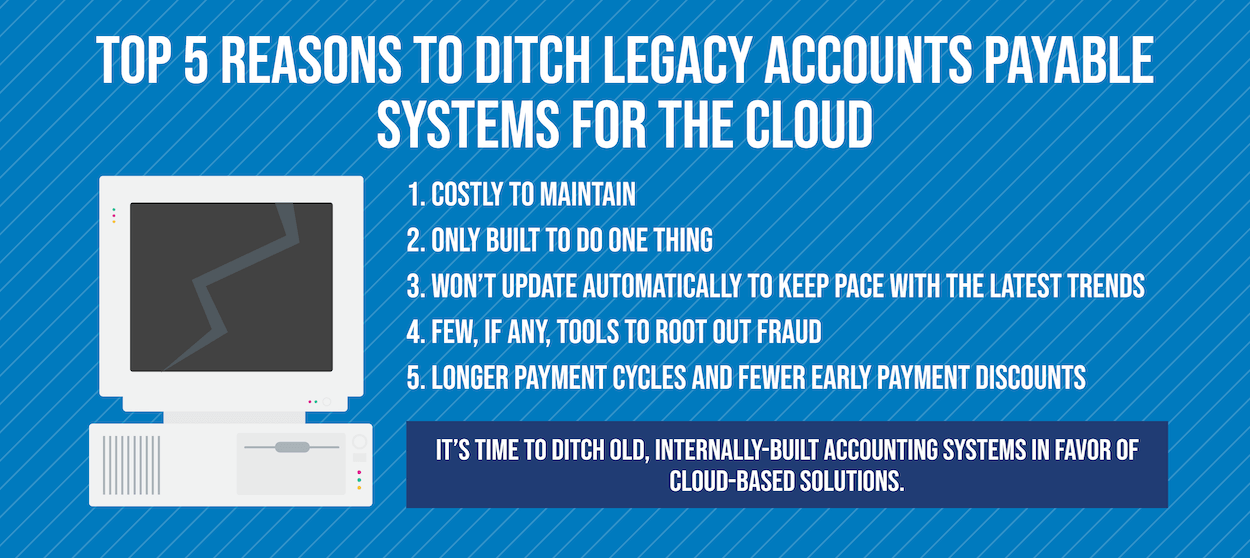
For companies to keep up with the various transformations currently underway in the B2B payment universe, one of the smartest things they can do is consider upgrading their accounting systems.
Perhaps companies are saddled with a DOS-based internal system building ages ago on-premises and long since rendered obsolete. Businesses can hold stubbornly onto these systems, using their IT staff to eternally patch them. It’s a fool’s errand, with Payments Journal noting in August, “Legacy payment processing systems that were built exclusively to process payments can only handle a very small amount of data and offer few additional capabilities.”
But these days, thanks to cloud computing, companies have more options than ever for ditching costly, inefficient internal systems.
Cloud-Based AP Solutions Replacing On-Premises Systems
More and more companies are adopting cloud-based accounts payable systems. They’re trading in outdated internal systems for solutions in the cloud that can evolve with every additional innovation in the payment world.
While larger companies have tended to gravitate more toward solutions — with the 2019 PFI showing that firms with revenues between $100 million and $500 million generally showed the greatest interest in innovation — providers like Stampli can offer systems affordable to even smaller businesses.
It’s possible now for companies of any size to purchase AP automation solutions in the cloud that can help them catch up to current trends and transform their B2B payments in a matter of days.
Want to start transforming your B2B payments? Check out Stampli’s Payment Automation Field Guide.